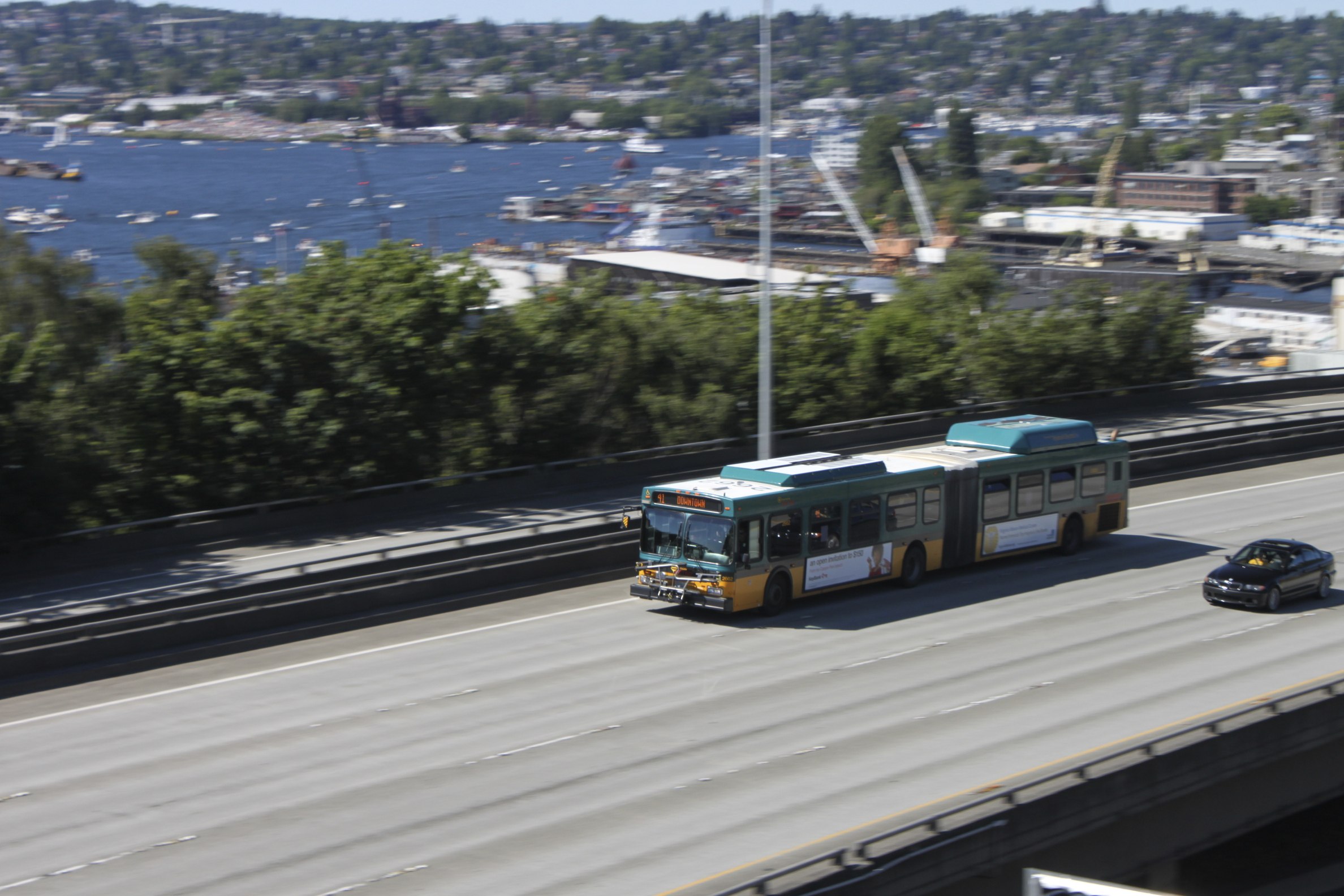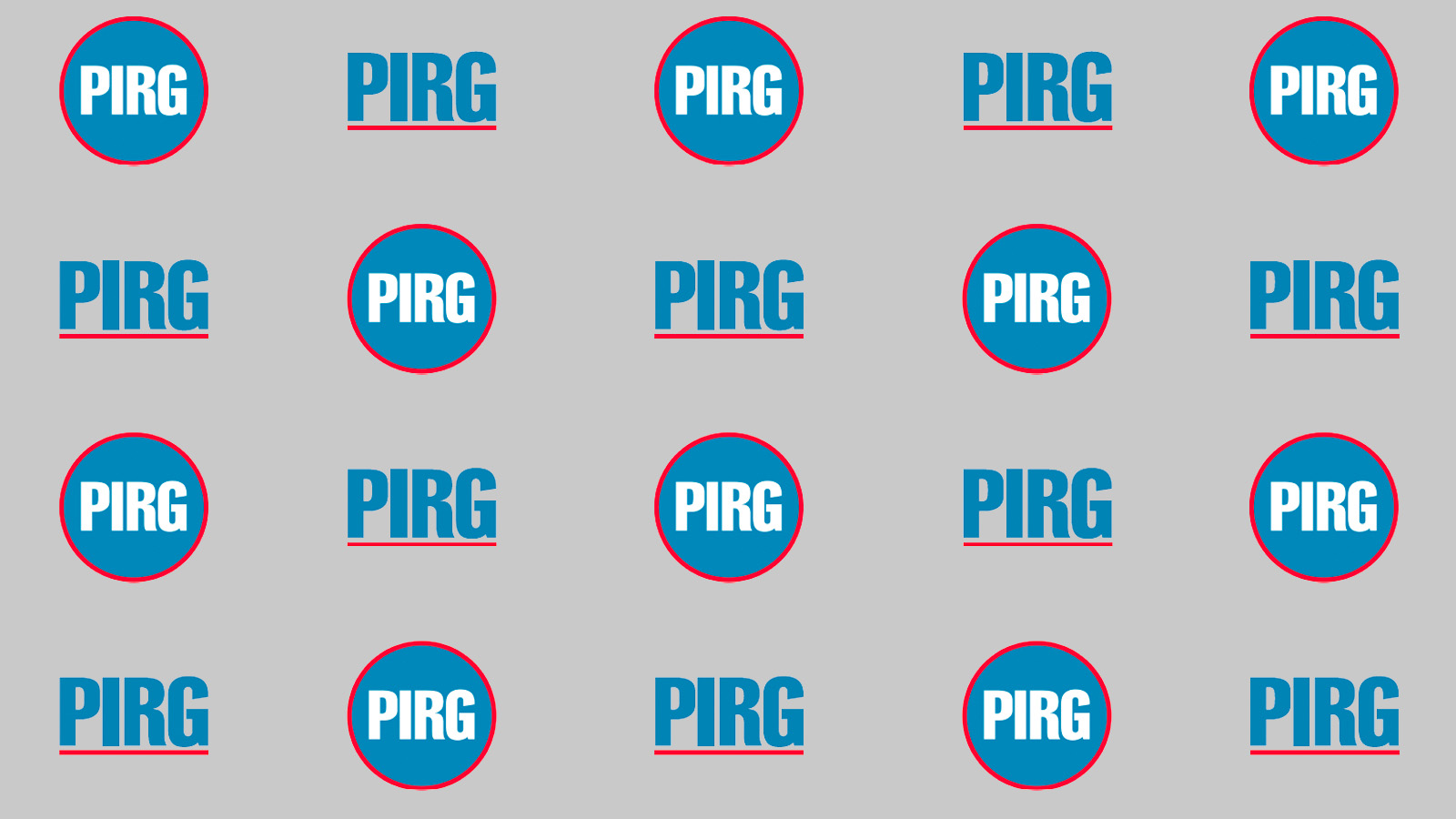
How & Why to Fund Light Rail in the Phoenix Metro Area
This Arizona PIRG Education Fund report outlines funding options that transportation officials can explore to expand the light rail system in the Phoenix metro area and why expanding the light rail is important.
Arizona PIRG Education Fund
The METRO Light Rail opened in the Phoenix area in December 2008 and exceeded projected ridership numbers. Businesses and Arizonans in other parts of the metropolitan area began to express their eagerness for the light rail system to be expanded so that they could experience the benefits of light rail as well. The planned extensions were to be funded by a regional sales tax. However, revenues from the sales tax have been far lower than original expectations, causing delays for the planned extensions and uncertainty whether some of the extensions will be built if new funds are not identified.
Light rail creates a number of public benefits in the Phoenix metro area, including reducing congestion and pollution. Light rail also provides a transportation option for those who do not wish or cannot drive. In addition, the new transit system has encouraged economic development in the area and received praise from small business owners along the line. In short, METRO Light Rail has exceeded expectations and brought many benefits to the region, so it is important to expand the system so that more people can receive the benefits of light rail.
Typically the biggest obstacle to improved public transportation is how to pay for it. Ideally, mechanisms for funding transit would be reliable, have low collection costs, have the capacity for future growth, and should not place disproportionate burdens on those that use transit.
The METRO Light Rail system relies primarily on sales tax revenues, which is not ideal since during a recession, sales tax revenues fall even as the need for public transit increases. Fares also provide some revenue for the system and, until recently, the State of Arizona, had provided some money through state lottery dollars. Most of the planned extensions for the light rail system were to be paid for through the Proposition 400 sales tax, which was enacted by voters in the region in 2004, but the current estimates of revenues for the 20-year life of the sales tax are 26% lower than originally expected.
Funding for transit can come from a variety of sources, both discretionary and dedicated. Discretionary funding sources would include funding from the state general fund, “flexing” federal transportation dollars given to the state to be used for transit, and sales tax revenues. However, these sources lack the reliability that a dedicated funding source would have.
The best dedicated funding sources are those that correct market failures by discouraging pollution and encouraging compact development, or by targeting revenues from those who will most benefit from the reduced congestion brought about by public transit. There are numerous examples of dedicated funding sources that could be used to fund METRO Light Rail, which include: gas taxes, vehicle license taxes, registration and title fees, various specialty taxes (such as rental car taxes, tire taxes, weight-based vehicle sales taxes, vehicle battery taxes, and weight-mile truck fees), toll roads, and managed lanes. The discretionary funding sources differ widely on their ease of implementation and the amount of revenue they would generate. Increased transit fares are typically a poor source of additional revenues because higher levels decrease ridership and the broader benefits created by transit systems.
Almost every state uses gas tax dollars to fund their transportation budgets, while 15 states use gas tax money to fund public transit specifically. In Arizona, gas tax revenues are restricted to highway and road purposes by the state constitution. To use gas tax monies to fund transit in Arizona, voters would need to approve a constitutional change via a ballot initiative. While this would be a serious undertaking, it is an option worth exploring since so many other states have been able to fund transit projects through their gas taxes.
Other ways to fund public transit include development and real estate charges. Development and real estate charges that could fund public transit include impact fees, value capture strategies, storm water fees, real estate transfer taxes, and parking taxes. Development impact fees, for example, are charges paid by developers for the “impact” their new development places on a community; they are quite common across the country. Impact fees are used for specific infrastructure needs.
The recession and subsequent declining sales tax revenues have shown that transit funding needs to rely on a diverse set of funding options. To expand the light rail system and provide more transportation options for residents in the Phoenix metro area, it is essential to find reliable, dedicated revenues sources. Policymakers should act swiftly to ensure that there are no further delays in building the light rail expansions that people in the area urgently want and need.
Topics
Find Out More


Green schools guide

Why privacy matters – even if you’ve got nothing to hide
